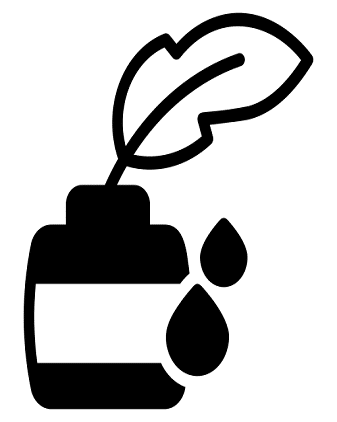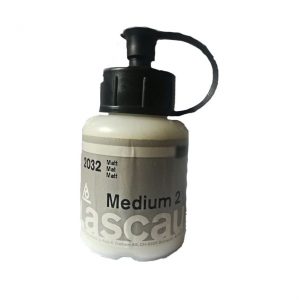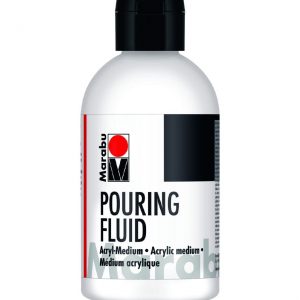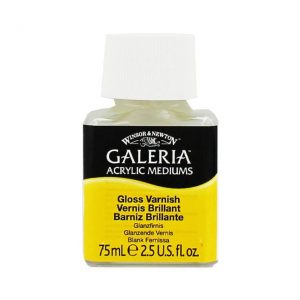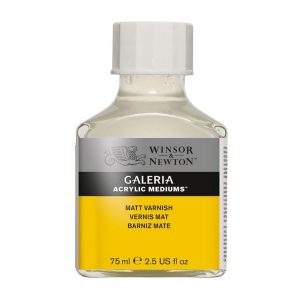Lascaux Medium 2 Matt 30 ml Made In Switzerland
Applications
Mix with Lascaux Acrylics to create glazes in various sheens mix with paints to increase transparency while extending volume use in collage for gluing lightweight materialscolours can be mixed into the medium to slow down drying time may be used alone as colourless sizing or primer for canvas and paper
Directions
For glazing, the Lascaux acrylic colours are either thinned with water or mixed with Lascaux mediums. Diluted only with water, they can be used like watercolours; however, strong dilution lowers the binder concentration and reduces the brilliance of the colours.
To maintain the original binder and brilliance level, the dilution should be made with Lascaux Medium (e.g. Medium diluted 1:1 with water).All Lascaux Mediums can be mixed together. The choice depends on the degree of gloss desired. Medium 2 matt and Medium 3 satin matt can be adjusted with Medium 1 gloss to achieve specific results.
Composition
Pure acrylic resin emulsion.
Marabu Pouring Medium 250 ml – Fluid Acrylic Medium for Pouring Art
-
250 ml thin liquid acrylic medium
-
Perfect for fluid pouring techniques
-
Enhances flow without diluting color depth
-
Dries waterproof and transparent
-
Finish ranges from silky matte to glossy
-
Non-yellowing for long-term clarity
-
Ideal for dirty pour, swipe, and flip cup techniques
-
Compatible with all acrylic paints
Winsor & Newton Galeria Gloss Varnish 75 ml
A unique removable gloss varnish for the protection of finished artwork. This product can also be mixed with Galeria Matt
Winsor & Newton Galeria Matt Varnish 75 ml
A unique removable matt varnish which may be mixed with Galeria Gloss Varnish to vary the final finish.








